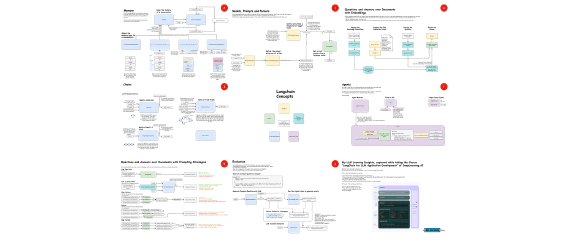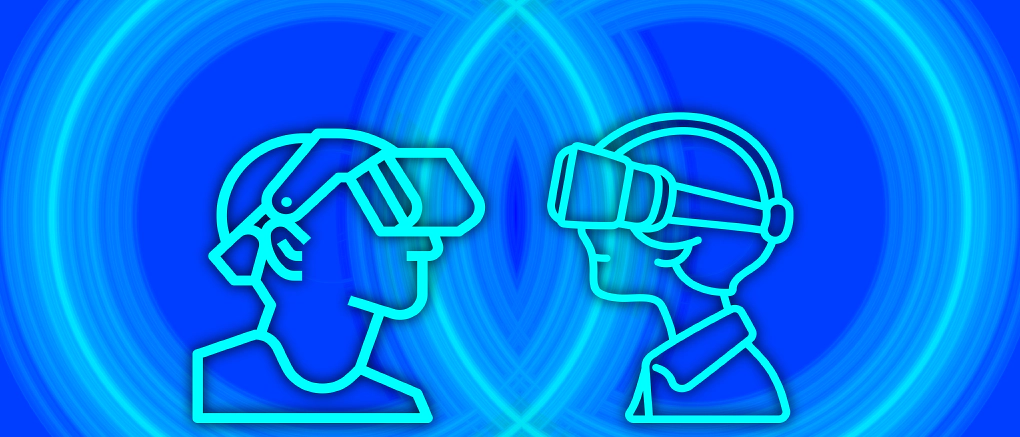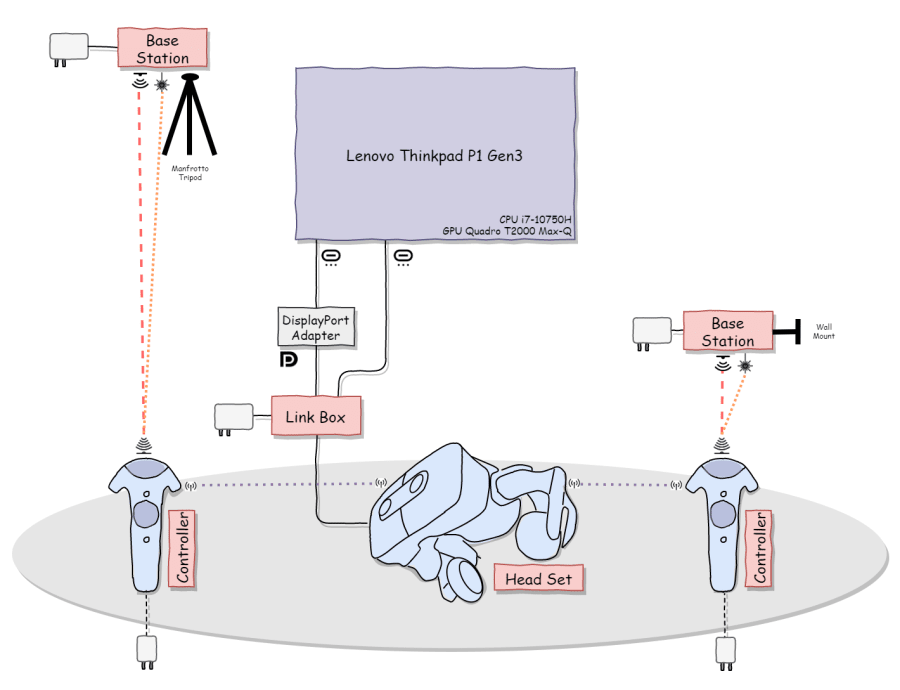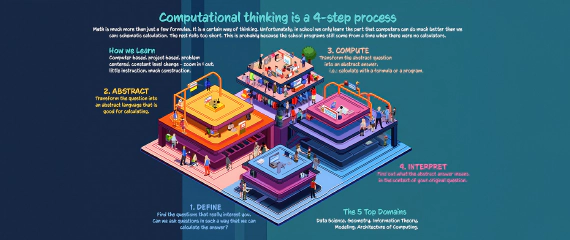
Learning AI application
Generative AI is increasingly creeping in nearly any task I am working at these days, so it’s time to learn more …

What would my web3 studies be without Metaverse? And what would the Metaverse be without one of those meanwhile iconic headsets that open up new dimensions of virtual realities?
Now I finally want to give it a try. A special offer from last year’s model of the HTC Vive Pro lures me away from the screen and into the endless expanses of… oh, it’s not that fast. First, read the fine print - can I even operate a headset like this? I’m not a computer gamer, so I’m not familiar with the performance metrics of this range. So first task - learn GPU-lingo!
The hardware requirements are not challenging, even with my business laptop at the rather upper edge of performance (also previous year), I officially get nowhere. “NVIDIA GeForce GTX 1070/Quadro P5000 or better” is what the specs say. GTX - Aren’t that those monster plug-in cards with huge fans illuminated by LEDs? Surely I don’t have something like that in my ThinkPad. Anyway, I’ll ignore that for now, my NVIDIA Quadro T2000 in the mobile Max-Q design should prove what it can do, even if it’s 50% below the minimum mark in the benchmark. At least the CPU is big enough and I have enough memory.
After the “unboxing”, as the first unpacking of the new toys is called today, the first disillusionment comes. “Connect the link box to the display port of the graphics card”. Aha. I don’t have one. And now? Do I have to buy a gamer PC after all? Amazon knows what to do and sells me a USB-C adapter, which kindly arrives before the weekend. Unboxing 2 can begin.

I had already seen it during the first unboxing - 5 power supplies and quite a few cables are in the box. Combined with the now necessary extension cords, it makes for a neat copper pile in my room. “World on the Wire” (visionary Fassbinder metaverse film from the 1970s) thus gains a new facet.
The two so-called base stations are an important part of the VR system. They span, positioned diagonally opposite, a rectangle that delimits the movement area. With two stations it is about 6 * 6 m². This is called Lighthouse Tracking - the base stations emit a sweeping invisible laser beam and also a pulsed infrared signal. The receivers (controller and headset) count the pulses in the time between two received laser beams and then know very precisely where they are in space and can report this information to the computer (I wouldn’t know, but it works).
This is the more elaborate tracking system - the simpler consumer systems use inside-out tracking, where cameras in the moving components record the environment and orient themselves to salient points. Not as accurate as Lighthouse Tracking, but probably still good enough for swinging the laser sword.
In marketing speak, this is called “immersive experience”. Only when you think about how to place the base stations in the corners of the room at a height of 2 meters without ruining the entire living environment with tripods and cables, do you realize that it is also an “Intrusive Experience”. VR in motion needs space and equipment in the real room.
There’s no room for such experiments here right now - I’m retreating into my nerd cave and trying to clear 1*2 square meters. I’m halfway there, but I’ll always get bruises on some edge or corner later. Very immersive. You can also use such a VR headset while sitting, but the line of sight to the base stations behind the large work screens is not optimal either. But it’s enough for first attempts.
I can’t get through the installation processes without a warning - even the setup software noticed my undersized graphics card, but doesn’t refuse further installation. The Link Box accepts my DisplayPort adapter, I can pair the controllers -my digital hands- and hardware is ready. The base stations hum along -apparently a fan for the laser- and everywhere it flashes first blue, then green.
Now I have to diligently create accounts at Steam and HTC, redeem the voucher for the marketplace, which is called Viveport here, and finally put on the headset and start it.
The first impression is rather restrained. The headset fits well, but the looks are not optimal. Obviously, the software uses a lower resolution for weak hardware in order to achieve smooth movements. The Metaverse is not as crisp as I would have liked. The spatial impression is okay and the movements are correct, but smaller texts are sometimes rather blurry and not so easy to read. I have to live with that for now, my gaming budget is exhausted.
The first apps run better or I get used to the slightly blurry view. I look into a few virtual museums, not much different from real ones, and try my hand at one or the other 3D game. Quite nice, but a real high doesn’t set in yet.
After some time, first one hand disappears in the game, then the other. What’s wrong? The controllers can be re-paired, but immediately vanish again. The batteries, which were half charged at the beginning, are apparently already empty. They are supposed to last 5-6 hours fully charged, which you have to consider when using them. Unfortunately, the batteries are fixed, so there are forced breaks.
One app does reconcile me with my new acquisition - Google’s Tilt Brush is the killer app for me. A VR painting program! Using the controllers, I can select colors, brushes and effects and paint in space just like Photoshop. 3D graffiti, so to speak. I can let off steam here for a while. The handling of the tools in space needs to be practiced first, but this is an app that actually opens up new dimensions for once. I’m sure there are more apps like this that I hope to explore in the near future.
To put it briefly - gushing enthusiasm does not set in for me (yet). A very high hardware effort leads to a result that I find rather mediocre in terms of experience. Maybe it’s my setup, but when I think about sustainability, such equipment is clearly oversized.
In addition, the experience is already “too immersive” for me - the most important senses are short-circuited and replaced by digital simulation without opening up a new dimension, apart from the painting app. The wire from the headset and the strictly defined space constrain as well. There’s probably more to it, maybe the technology and also the software market isn’t ready yet.
Augmented technologies that can be used with a cell phone or tablet are, in my view, much further along in terms of the everyday relevance of learning - less effort, better integration into the environment and it is still possible to interact directly with others.
For me, this part of the metaverse remains a very special niche that still needs to be explored and enhanced, especially for learning purposes for younger learners.
(Title hero image based on original artwork of PenSmasher from NounProject.com (Male Metaversist) and Victoruler from NounProject.com (Female Metaversist))

Generative AI is increasingly creeping in nearly any task I am working at these days, so it’s time to learn more …

A while ago I came across the book -The Math(s) Fix- by Conrad Wolfram. I was only able to take a quick look at it at …
Whether in free school or as a self-learner:
Online and global, from 8 years on towards your personal skill set.